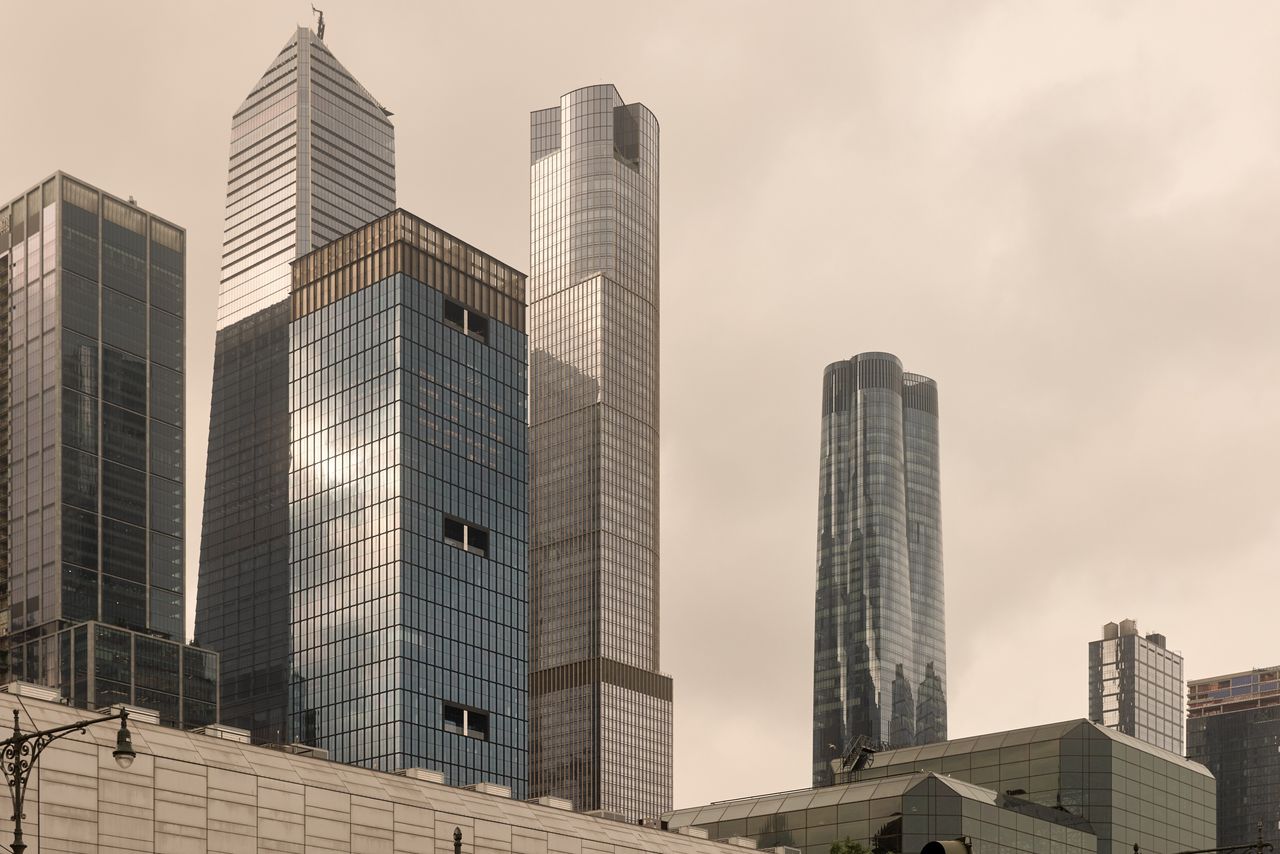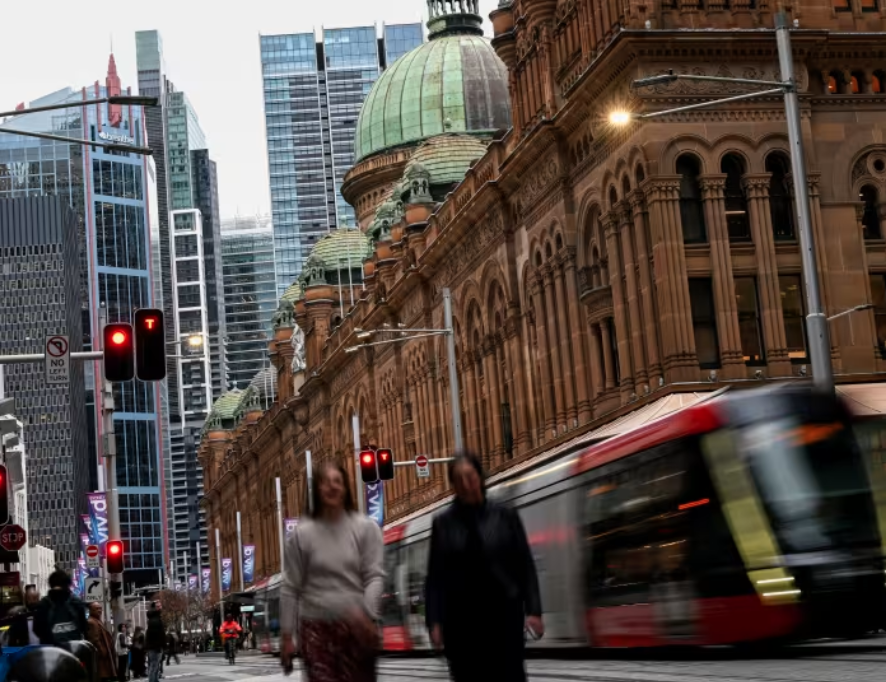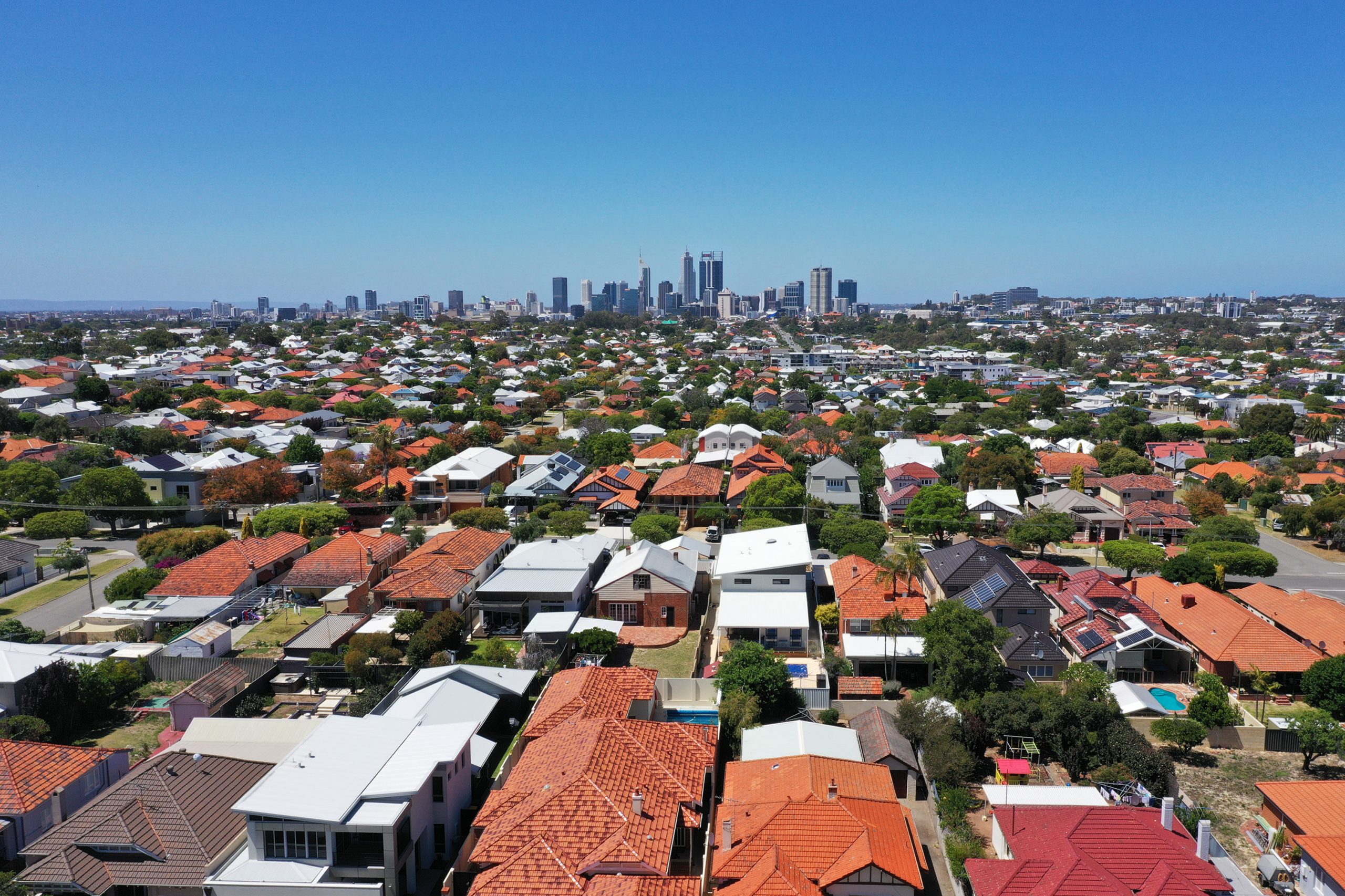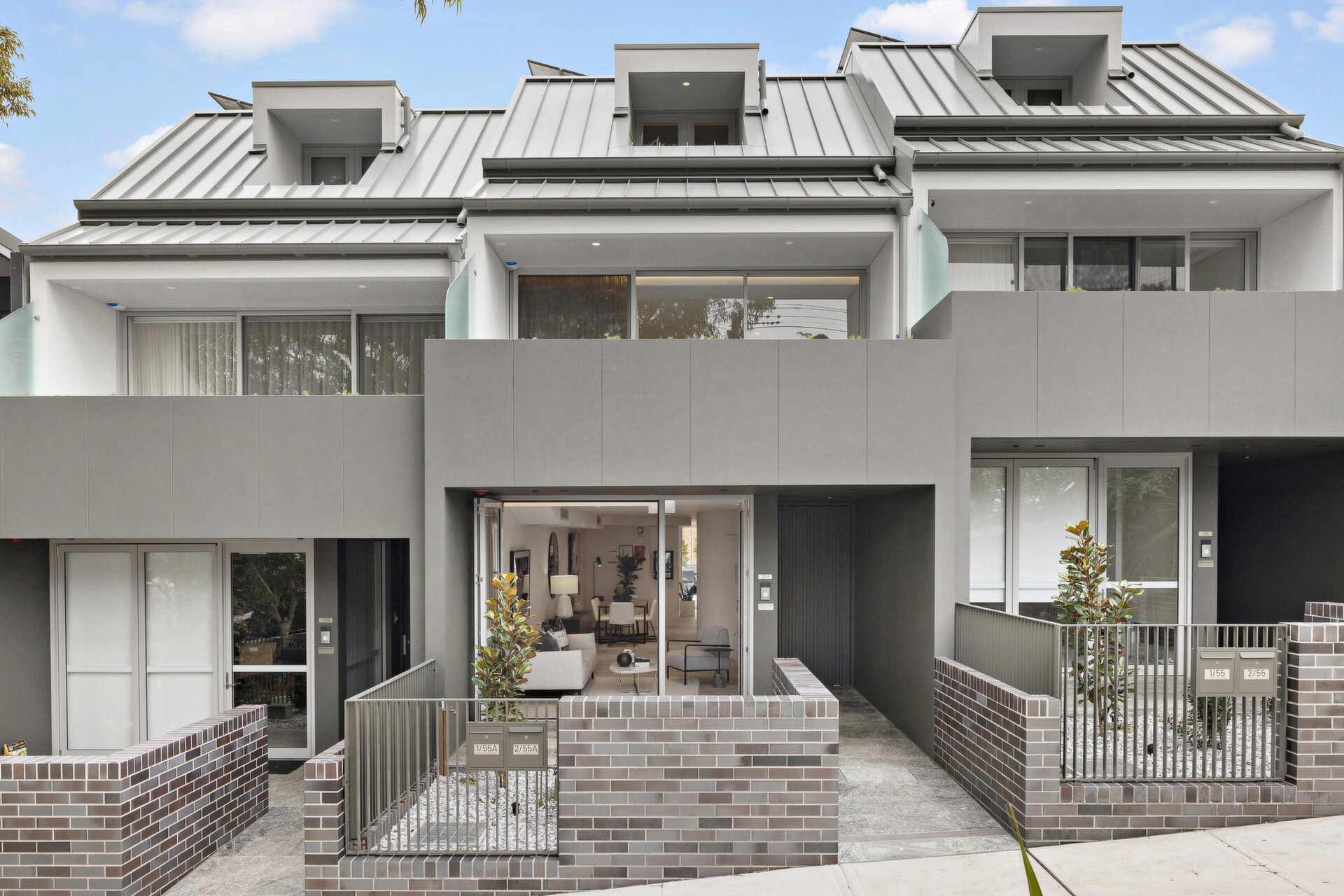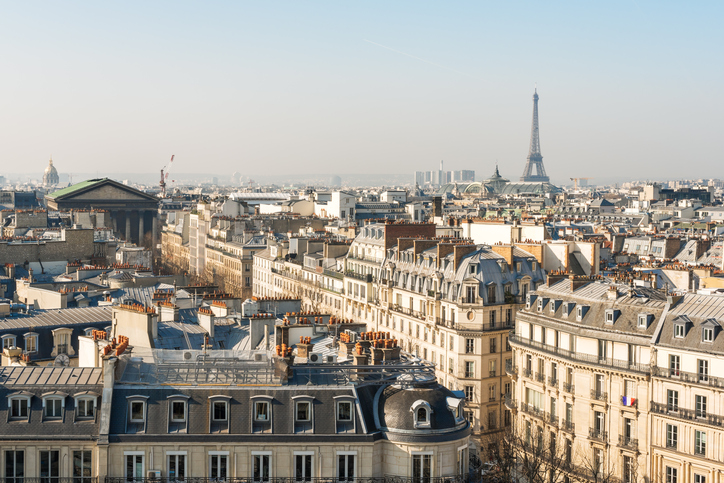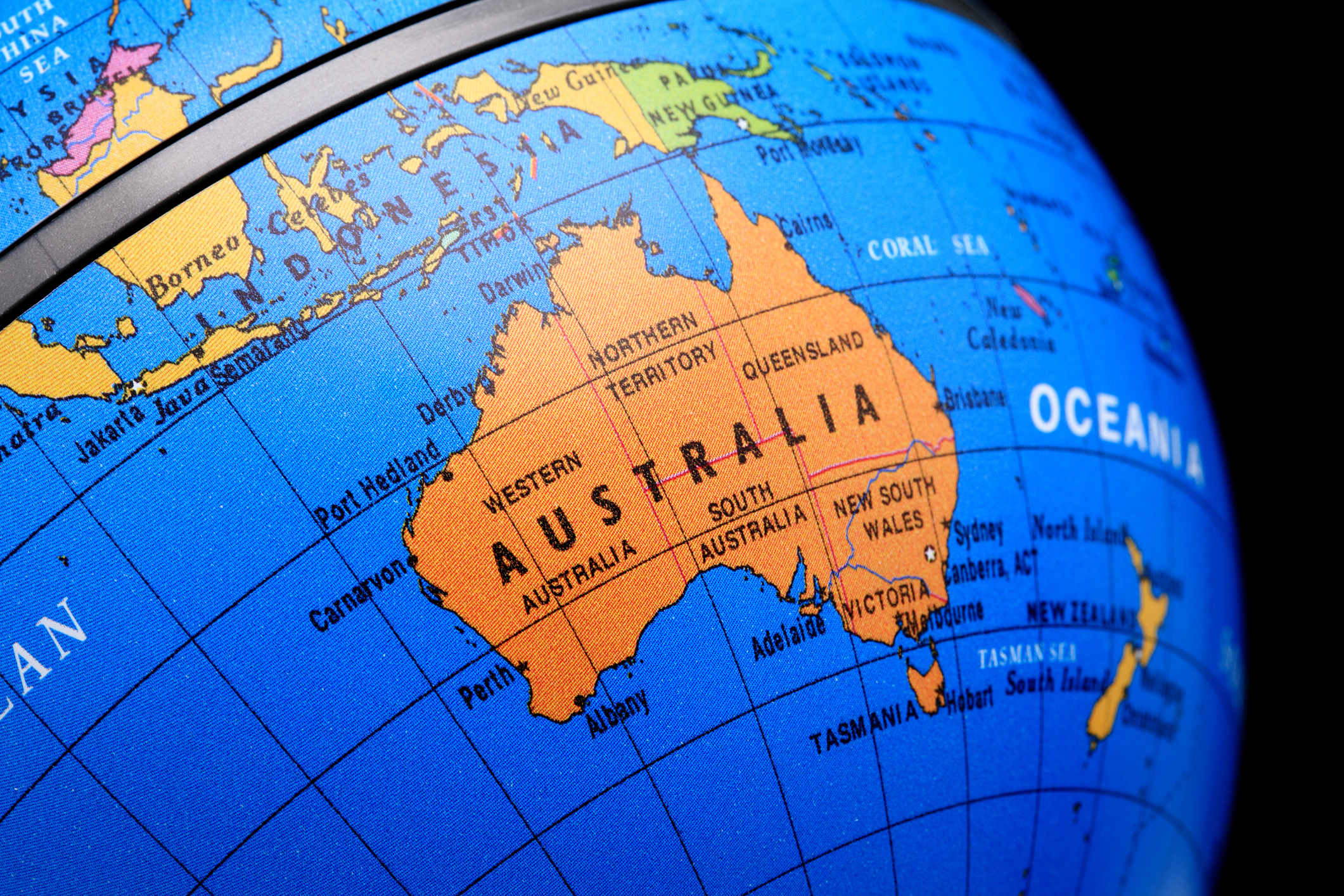The Luxury Tower Built for New York’s Elite Still Sits Half Empty
Related Companies has struggled to unload its most expensive units at 35 Hudson Yards. Now the developer is offering deep discounts.
When the Related Companies set out to build Hudson Yards, a roughly 28-acre mega-project on Manhattan’s far west side, its goal was lofty: The developer wanted to turn a windswept railyard into the next hot destination for the global elite. That meant building and marketing a brand new neighbourhood with office towers, luxury stores, restaurants and high-end amenities.
The project’s condominium towers—15 and 35 Hudson Yards—were designed to lure moneyed buyers further west than ever before, and set a new benchmark for pricing outside of traditional high-end enclaves, with executives at Related promoting the neighbourhood as “the new Park Avenue.”
Now, roughly a decade after Related broke ground on Hudson Yards, it has struggled to make that vision a reality. At the luxury glass-and-limestone tower 35 Hudson Yards, approximately 50% of the units were still unsold as of the last week of June, more than four years after sales launched, according to an analysis by The Wall Street Journal based on sales recorded with the city’s Department of Finance. Related is slashing prices and offering incentives at the condominium, such as covering buyers’ taxes and closing costs, local agents said.
Recorded sales at 35 Hudson as of late June had closed for an average of 30% less than the original prices filed with the New York state Attorney General’s office, and active listings were discounted by up to 50%, the analysis shows. At least four large units at the building have sold for more than 40% off, records show. A four-bedroom apartment recently traded for $8.5 million, about 46% less than its projected asking price of $15.725 million, records show.
Related’s Sherry Tobak, who heads sales for the two condominiums alongside new development marketing firm Corcoran Sunshine, said the developer had been forced to reassess its expectations at 35 Hudson Yards.
“When we first opened the job, we thought we’d be able to get a higher price,” she said. “The message [from the market] was that we were overreaching a little bit.”
While many developers across the city are cutting prices amid higher interest rates, the discounts being offered at 35 Hudson Yards are bigger than developer concessions in other areas of Manhattan, according to appraiser Jonathan Miller of Miller Samuel.
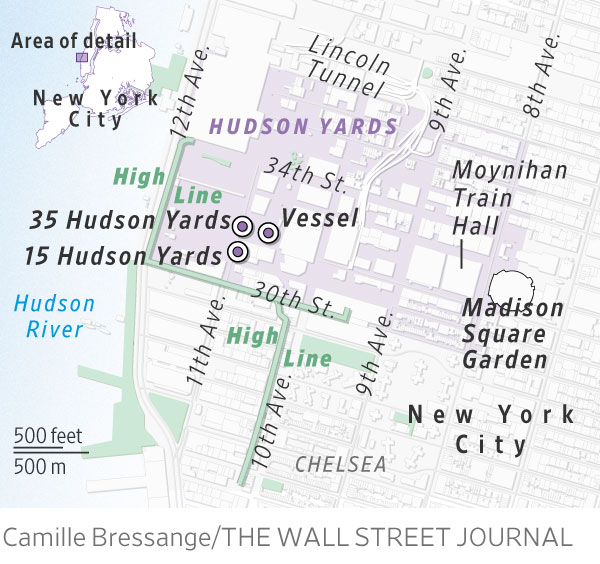
“The actual housing market is not seeing anywhere near that kind of discount,” Miller said. Related disputed that characterisation, saying the building is performing in line with “its competitive set.”
Priced slightly lower than 35 Hudson, 15 Hudson Yards originally fared better, and is about 90% sold after almost seven years of marketing. Still, some 15 Hudson homeowners are listing their units for less than they paid as they look to resell in a shifting market.
In all, Related still has more than a billion dollars worth of condos left to sell at Hudson Yards, based on the initial pricing, the Journal analysis shows.
The Hudson Yards condos were always going to be a tough sell for Related, which secured the rights to develop the massive railyard site through a roughly $1 billion lease deal with the Metropolitan Transportation Authority in 2010. The far-west location—between 10th Avenue and the West Side Highway—was untested for luxury housing, and required creating an entirely new neighbourhood out of whole cloth. Retail at Hudson Yards now includes high-end stores such as Cartier, Coach and Dior and restaurants including chef José Andrés’ Mercado Little Spain. The project’s more than 10 million square feet of office space is home to tenants such as L’Oréal and Facebook parent company Meta.
To help sell the new neighbourhood it created, Related promised safety—the developer works with a private security firm to police Hudson Yards.
The reception to the new Hudson Yards neighbourhood has been mixed. While some flock there for the shopping, restaurants and tourist destinations like the Edge observatory, others have described the glass skyscrapers as soulless, with little authentic personality.
“It’s a very dramatic area that’s sprung out of nothing,” said Manhattan real-estate agent Donna Olshan. “It’s high-rise buildings, commercial real estate and a mall. It has less of a residential feeling.”
A number of suicides at the Vessel, a tourist attraction that sits at the centre of Hudson Yards, have generated negative press coverage and resulted in the closure of the walkable sculpture. A spokeswoman for Related said the company is evaluating solutions that would allow it to reopen the Vessel.
The first Hudson Yards condo tower, 15 Hudson Yards, was designed to have a downtown feel, said Tobak. Designed by Diller Scofidio + Renfro and Rockwell Group, the 88-story, 285-unit building resembles four interconnecting arcs of glass. The property has about 40,000 square feet of amenities, including a fitness centre, a pool and an open-air terrace wrapped in a 60-foot glass screen wall. Sales launched at the project in September 2016. Initial pricing filed with the attorney general’s office started at $1.92 million for a one-bedroom unit and rose to $32 million for a four-bedroom penthouse.
By contrast, 35 Hudson Yards was designed for a more uptown audience, and is “a little more classic,” Tobak said. Indeed, Related’s own founder and chairman, Stephen Ross, relocated there from another of the company’s projects, the former Time Warner Center at Columbus Circle. Designed by Skidmore Owings & Merrill, 35 Hudson Yards is 92 stories with 143 units. The building has interiors by Tony Ingrao, who also designed Ross’s Time Warner Center penthouse, and comes with amenities such as a private gym and access to the offerings of the Equinox Hotel, which is also in the building. Initial pricing filed with the attorney general started at $5 million for a two-bedroom unit and rose to $59 million apiece for a pair of penthouses.
When 15 Hudson Yards launched sales, it benefited from an upswing in the New York condo market. By the end of the first year of sales, Related had signed contracts for more than $500 million worth of apartments, nearly a third of its projected sellout for the whole tower, property records show. Foreign buyers, particularly from Asia, were a strong component of the buyer pool, thanks to marketing and trade shows Related did there, Tobak said. A large number of those buyers have since rented their units out, according to StreetEasy.
Today, about 30 units remain unsold, recorded sales show, with the building’s higher-priced apartments making up the majority of the leftover inventory. Tobak noted that that number is closer to 25 if signed contracts are factored in.
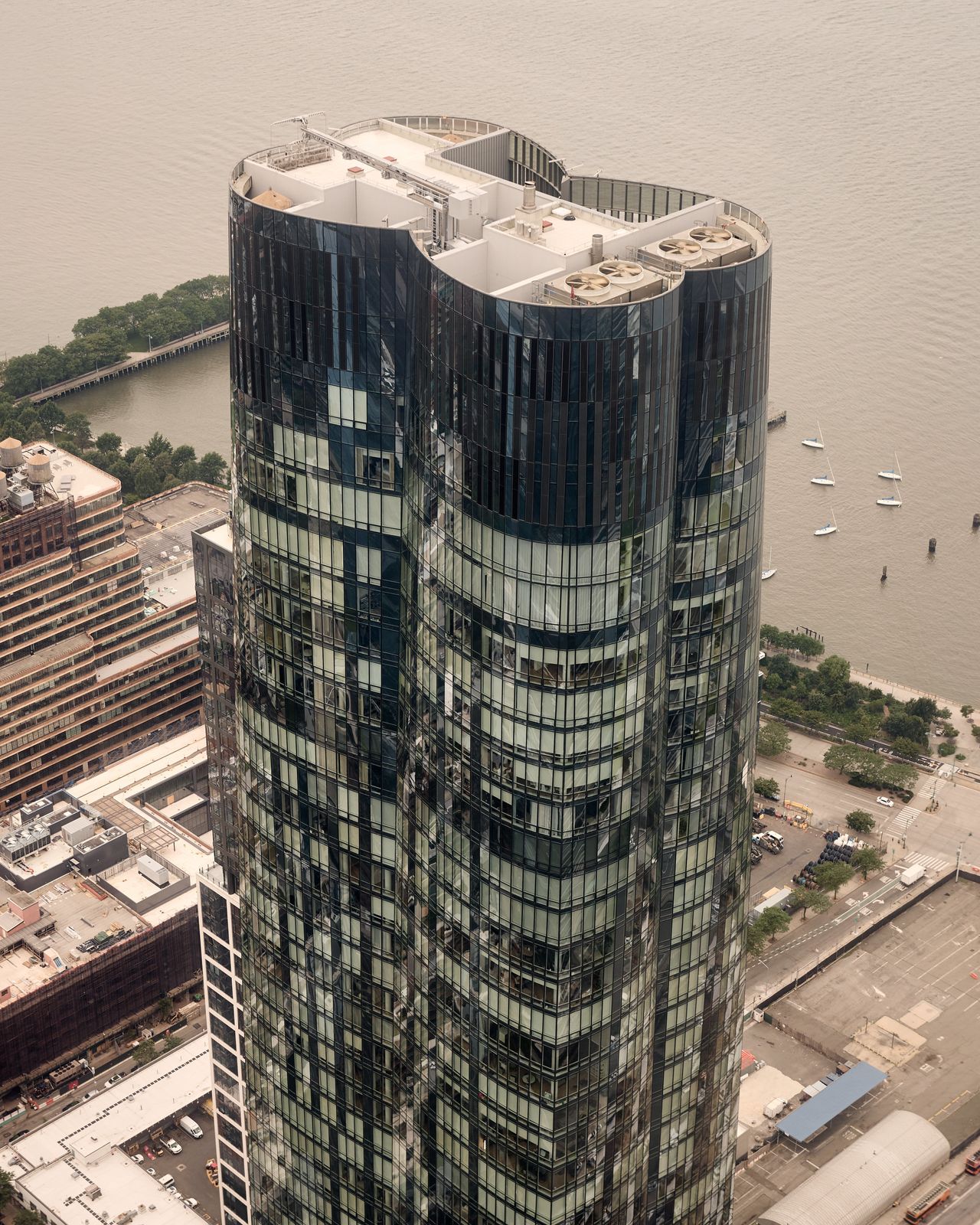
Some buyers who purchased early on are now struggling to unload their units in the current market. Ann Cutbill Lenane, a Douglas Elliman real-estate agent who has sold multiple units at Hudson Yards, signed a contract in 2017 to buy a $4.84 million condo for herself at 15 Hudson Yards. Now, with her children out of the house and a need to downsize, she has accepted that she’s unlikely to find a buyer willing to match that price on a resale. She has the unit listed for $4.495 million and said she expects to sell for a loss, especially since Related is currently listing units at a discount, undercutting the price she paid.
She said she feels embarrassed to be a real-estate agent losing money on a piece of property. Still, “I can’t beat myself up,” she said. “You always take a risk when you step into a new product. That’s just the nature of the beast.”
Tobak said that buyers who purchased at the height of the market at 15 Hudson Yards are now facing inevitable market realities, but recommended that they try to wait out the current cycle. “If you hold on for a little while, you’re going to make money,” she said.
When 35 Hudson Yards launched sales in March 2019, it debuted at a higher price point than 15 Hudson in a much less favourable market. “By the time 35 came up, the bloom was off the rose,” said Olshan.
Related signed contracts on about 15 of the 143 units at 35 Hudson in the first year, records show. Then, its efforts were further hampered by the pandemic, which temporarily shut down sales offices across the city. To generate activity, Related temporarily rented units at the building with an option to buy, Tobak said.
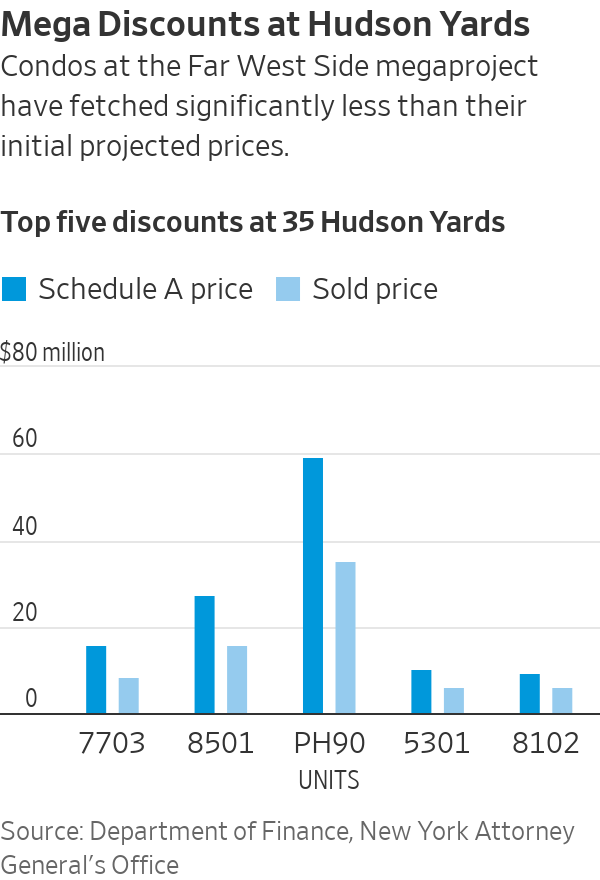
Still, Related has struggled to build the momentum needed to meet sales targets at 35 Hudson. Agents said one factor is Related’s proposal to bring a casino to Hudson Yards, which potential buyers worry could draw large crowds and make the area feel tacky. “I’m sure whatever gets built is going to be very tasteful,” said Dan Gotlieb of Digs Realty Group, who has done business at 35 Hudson. “But it’s just an uncertainty right now that’s probably also contributing to the sluggish sales.”
In response to criticism of the casino plan, Related said in a statement: “If we are fortunate enough to be one of the successful bidders for a gaming license, we will deliver a world-class resort with amenities, restaurants, retail and entertainment that will even further elevate the offerings at Hudson Yards and make the experience for the neighbourhood, residents and office tenants even greater than it is today.”
Of the 35 Hudson units currently listed on StreetEasy, many are asking significantly less than the initial pricing. A five-bedroom, roughly 4,600-square-foot unit is asking $13.85 million, 49% less than its original $27 million offering-plan price, records show. A four-bedroom, roughly 3,800-square-foot unit is asking $9.995 million, 43% less than its original projected price.
Olshan likened 35 Hudson to “a big Broadway show that just never took off.”
Real-estate agents with recent deals at 35 Hudson said they have been pleasantly surprised by Related’s level of negotiability. Alex Carini of the Carini Group said his firm recently helped a Brazilian family purchase a $9.95 million condo at the tower, a 37.5% discount from the offering-plan pricing. Related also covered the client’s closing costs, he said. In this market, he said, sellers often give a discount or cover closing costs, but rarely both.
Gotlieb said his clients, onetime renters at 15 Hudson, sat on the sidelines for years as they waited for prices to fall at 35 Hudson. “They wanted a certain kind of product and they weren’t willing to pay $10 million for it,” he said. Ultimately, they secured a four-bedroom, roughly 3,400-square-foot unit for $8.5 million, nearly 46% off the offering plan price, records show.
Retired corporate attorney Grace Kim, 50, said she felt she had “room to negotiate” when she purchased a three-bedroom apartment for her family at 35 Hudson last year.
“Mortgage rates were so high,” Kim said. “Everyone was kind of afraid to jump into the buyer’s market.”
Kim declined to comment on what she paid, but a Related spokesperson said that her unit type typically ranges in price from $6 million to $7.5 million. It is not clear what the apartment was originally priced at.
Kim said she feels comfortable with the investment, given that she plans on living there long term. “I feel like the market is going to come back eventually,” she said.
In the luxury segment of the Manhattan market—the top 10% of deals—the number of closed sales fell 39.6% in the second quarter from the same period of last year, according to a recent report prepared by Miller for Douglas Elliman. The median sales price held relatively steady, ticking up by 3.9% to $6.7 million, during that same period.
Tobak remains optimistic. She said she sees foot traffic picking up at 35 Hudson and has sent contracts out on multiple units in the past few weeks. Factoring in contracts signed, the building is closer to 60% sold, she said. Still, the developer has “less wiggle room than before” in terms of profitability.
“We’re at a decent point,” she said. “Are we making a ton of money? I don’t know.”
 Copyright 2020, Dow Jones & Company, Inc. All Rights Reserved Worldwide. LEARN MORE
Copyright 2020, Dow Jones & Company, Inc. All Rights Reserved Worldwide. LEARN MORE
This stylish family home combines a classic palette and finishes with a flexible floorplan
Just 55 minutes from Sydney, make this your creative getaway located in the majestic Hawkesbury region.
Excluding the Covid-19 pandemic period, annual growth was the lowest since 1992
Australia’s commodity-rich economy recorded its weakest growth momentum since the early 1990s in the second quarter, as consumers and businesses continued to feel the impact of high interest rates, with little expectation of a reprieve from the Reserve Bank of Australia in the near term.
The economy grew 0.2% in the second quarter from the first, with annual growth running at 1.0%, the Australian Bureau of Statistics said Wednesday. The results were in line with market expectations.
It was the 11th consecutive quarter of growth, although the economy slowed sharply over the year to June 30, the ABS said.
Excluding the Covid-19 pandemic period, annual growth was the lowest since 1992, the year that included a gradual recovery from a recession in 1991.
The economy remained in a deep per capita recession, with gross domestic product per capita falling 0.4% from the previous quarter, a sixth consecutive quarterly fall, the ABS said.
A big area of weakness in the economy was household spending, which fell 0.2% from the first quarter, detracting 0.1 percentage point from GDP growth.
On a yearly basis, consumption growth came in at just 0.5% in the second quarter, well below the 1.1% figure the RBA had expected, and was broad-based.
The soft growth report comes as the RBA continues to warn that inflation remains stubbornly high, ruling out near-term interest-rate cuts.
RBA Gov. Michele Bullock said last month that near-term rate cuts aren’t being considered.
Money markets have priced in a cut at the end of this year, while most economists expect that the RBA will stand pat until early 2025.
Treasurer Jim Chalmers has warned this week that high interest rates are “smashing the economy.”
Still, with income tax cuts delivered at the start of July, there are some expectations that consumers will be in a better position to spend in the third quarter, reviving the economy to some degree.
“Output has now grown at 0.2% for three consecutive quarters now. That leaves little doubt that the economy is growing well below potential,” said Abhijit Surya, economist at Capital Economics.
“But if activity does continue to disappoint, the RBA could well cut interest rates sooner,” Surya added.
Government spending rose 1.4% over the quarter, due in part to strength in social-benefits programs for health services, the ABS said.
This stylish family home combines a classic palette and finishes with a flexible floorplan
Just 55 minutes from Sydney, make this your creative getaway located in the majestic Hawkesbury region.









